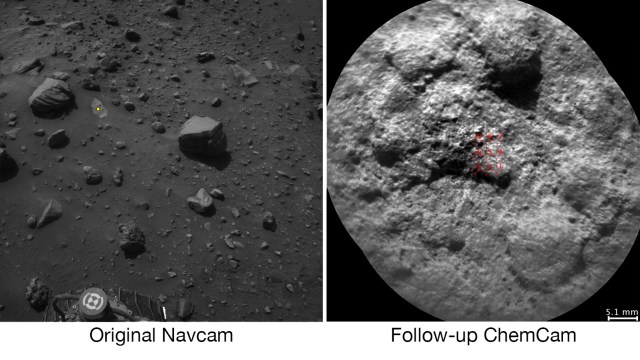Deepest View Of The Orion Nebula Reveals Shocking Discoveries
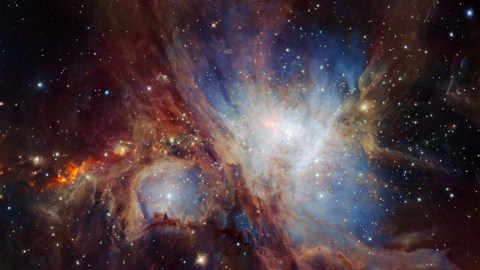
The infrared reveals stars — and a surprising population of failed stars — we’ve never seen before.
“…innumerable stars, thousands of double and multiple systems, clusters in one blaze with their tens of thousands of stars, and the nebulae amazing us by the strangeness of their forms and the incomprehensibility of their nature, till at last, from the limit of our senses, even these thin and airy phantoms vanish in the distance.” –Mary Fairfax Greig Somerville
The Orion Nebula is the nearest region of massive star formation to Earth, located just 1,344 light years away.
With over 1,000 new stars discovered inside, mostly through the power of high-resolution visible light imaging, we had thought that low-mass, red dwarf stars were the most common type formed.
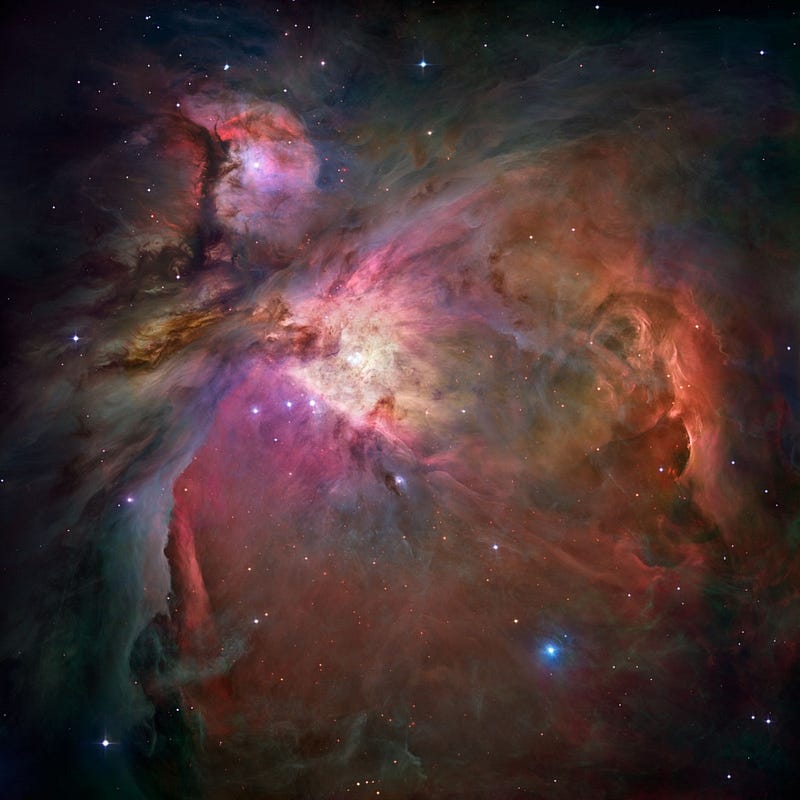
But a new, deeper view was just taken by the ESO’s HAWK-I instrument, revealing a plethora of previously undiscovered, even lower-mass objects.
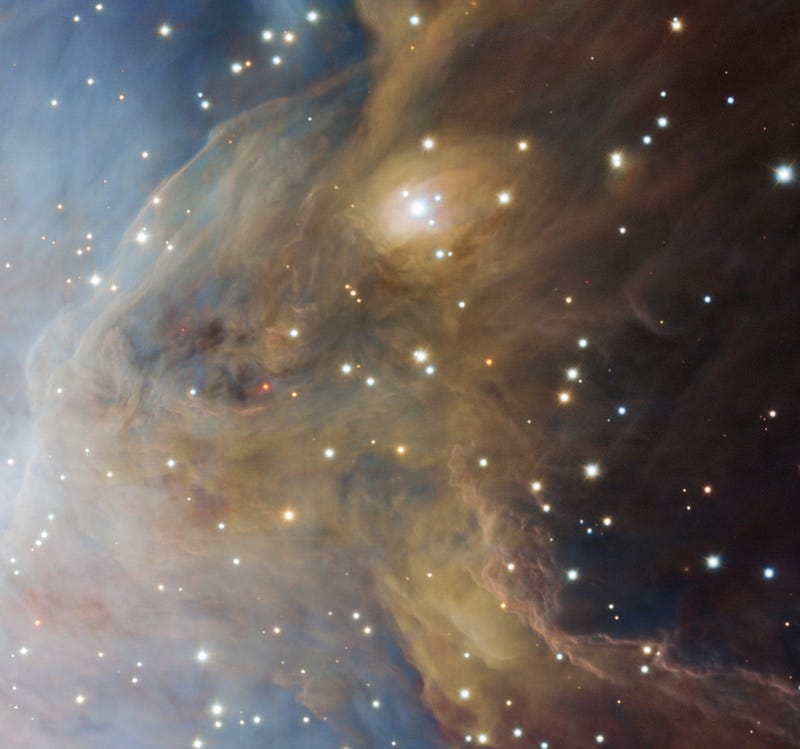
Ten times as many brown dwarfs were found compared to what previous studied had seen, and the density of these failed stars was found to vary tremendously across where in the nebula we looked.

This find is most exciting for scientists who want to study rogue or orphaned planets, since it indicates there may be hundreds or even thousands of gas-and-rocky worlds forming for each new star.
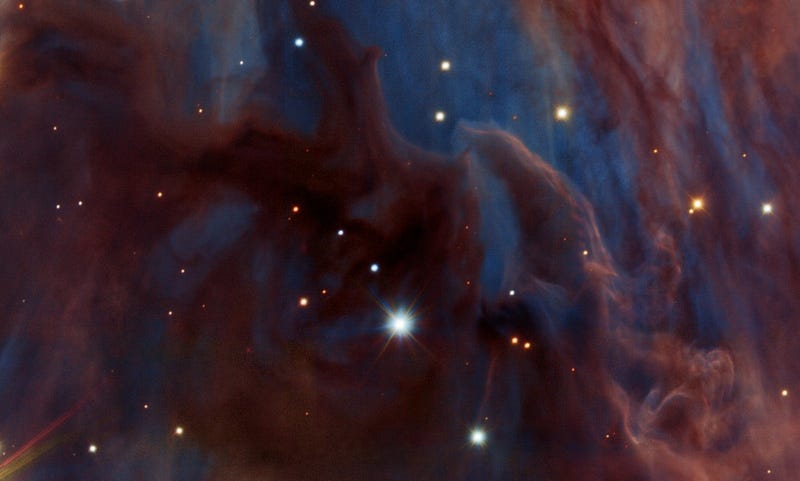
Closer, less active star forming regions don’t show these low-mass objects in the same way, as they’re more similar to Orion’s wispiest outskirts.

It’s the most active, centrally-located regions that appear to house the biggest surprises in this regard.
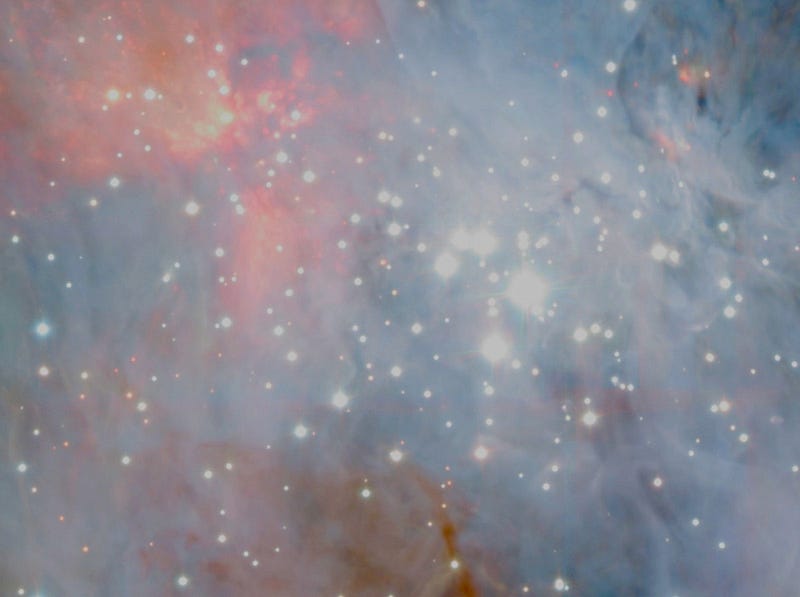
With the next generation of 30-meter-class telescopes, we expect to begin imaging these sought-after worlds directly.

Mostly Mute Monday tells the story of a single astronomical phenomenon or object primarily in visuals, with no more than 200 words of text.
This post first appeared at Forbes, and is brought to you ad-free by our Patreon supporters. Comment on our forum, & buy our first book: Beyond The Galaxy!





